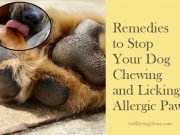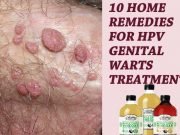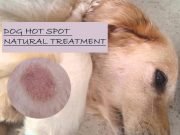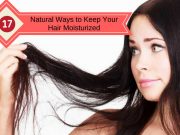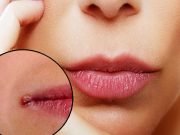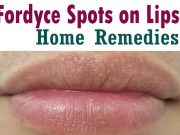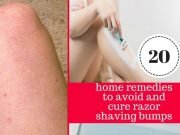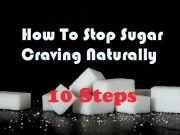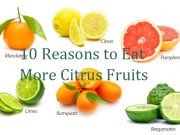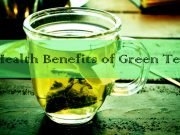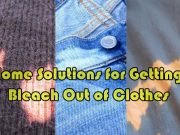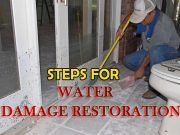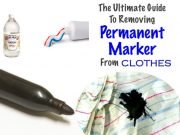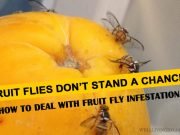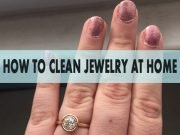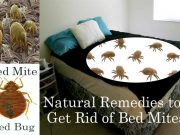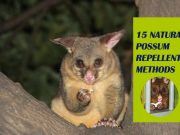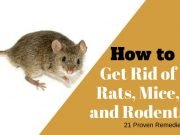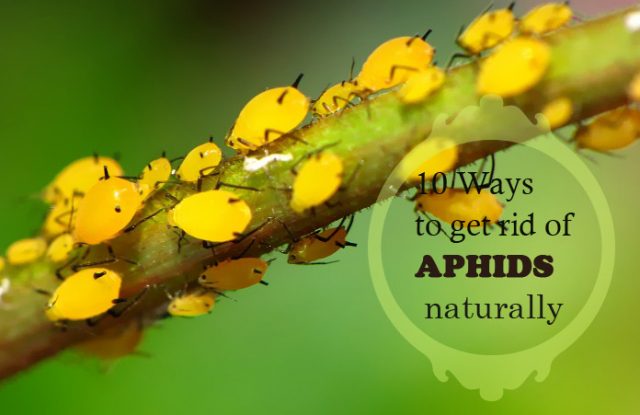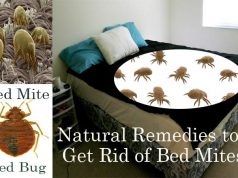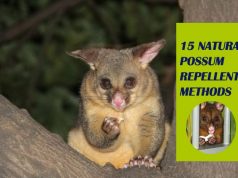One of the most common pests that are found on plants are aphids. Often invisible to the naked eye, these aphids or plant lice are generally pear-shaped and small in size (1/8-inch-long), and belong to the super family Aphidoidea. Aphids suck and feed on the sap of the plants, which can cause damage to the plant and prevent its proper growth. Plus, as they continue to feed, aphids start to secrete honeydew, which drips down the body of the plant and attracts ants and other insects on it. Aphids multiply quickly and exist in clusters, so it is essential to stop their reproduction as soon as possible. Read on to find out about the best home remedies that can help you get rid of aphids naturally and quickly:
What Causes Aphids?
• Lack of sunlight (for the plant)
• Lack of water (for the plant)
• Inadequate climatic conditions for the plant
• Excessive use of fertilizers (especially nitrogen-rich fertilizer which encourages leafy growth in plants)
• Excessive and unmonitored use of pesticides which kills insects that can act as aphid predators
• Transplanting (which leads to the plant being vulnerable)
• Change of season (aphids become more predominant during springtime)
Symptoms
• Honeydew on leaves
• Premature death of leaves
• Untimely yellowing of leaves
• Wilting in leaves
• Colonies in clusters on stem of the plant
• Symptoms of virus disease
Home Remedies for Getting Rid of Aphids
Here is a list of 10 best home remedies that can help you control and get rid of aphids efficiently:
1. Neem Oil:
This vegetable oil can be easily extracted from Neem trees. Neem oil is most commonly made use of in hair, skin and other cosmetic products, and with its dark yellow-ishcolour and strong odor of garlic, can also act as an excellent insect repellent. The organic chemicals present inside neem oil can repel and kill aphids, bugs, cabbage worms, ants, beetles and leaf miners. Besides this, appropriate use of neem oil can prevent the spreading of fungus from other surrounding plants. Follow the given steps and recipe for maximum and fast effects:
• Take 2 tablespoons of Neem oil
• Add 1 tablespoon of Castile soap
• Add water
• Pour the mixture in a spray bottle and shake it well
• Spray on the surface of plants as required
• Monitor the usage and keep it controlled
2. Diatomaceous Earth:
DE is a material that is made from diatoms, which are the fossils of small aquatic organisms. Diatomaceous earth which contains the label of food grade can be easily used around pets and people and does not any harm to the surrounding environment. It is always nonetheless advised to protect yourself and put on a respiratory mask along with safety goggles as and when you apply DE on the surface of plants in an outside environment.
There are two methods, or rather, approaches that can be used while making use of DE to get rid of aphids on the surface of plants. These are explained in details below:
• Dry Method:
One of the two approaches to applying DE on plants is the dry method. According to this method, the best time to apply DE on plants is in the morning or late in the evening when the surface of the plant contains a bit of moisture (It is essential that the entire surface if the plant, including the underside of leaves, is moist). The next step is then to dust the plant while it is still wet. It is also important to apply DE around the base of the plant as this would help to repel snails and other crawling bugs that might creep up the surface of the plant and cause damage to it.
• Wet method:
Follow the given steps to use the wet method approach to apply DE on the plant:
- Take 4-5 tablespoons of DE
- Mix this in a jug of water (the jug should be about 1 gallon in size)
- Pour this mixture into a spray bottle
- Spray on the surface of the plant
- Make sure that the entire surface of the plant, including the underline of leaves, is wet (but is not dripping)
- Shake the mixture regularly to make sure that DE does not settle and gather at the bottom of the spray bottle
- As and when the surface of the plant begins to dry off, a thin and even layer of DE will become visible on the surface of the plant
3. Manually remove aphids:
Another home remedy that has been proved highly effective for getting rid of aphids is that of physically removing aphids from the surface of the plant. This approach works exceptionally well if the damage to the plant is new and minor, and can be isolated to a particular region only. In such a scenario, all you require is a pair of gloves and a brush and you will be able to manually remove aphids from the surface of the plant. Follow the given steps for best effects:
• Gently scrape off insects from the surface of the plant by using a soft brush
• Pinch the insects present on the leaves and stem of the plant
• Cut off infected areas to prevent the infection from spreading
• Drop collected (or rather, fallen off) aphids in a bucket full of soapy water to kill them immediately
• Another simple approach is using a water hose to spray aphids off the plant
4. Soap and Water:
Considered one of the best home remedies for getting rid of aphids on plants, applying hot soapy water on the surface of the plant will kill the aphids present on it almost immediately, as and when the protective coating of wax present on the aphids is dissolved in soap. Diluting natural organic soap in water and spraying it on plants can also help kill hidden eggs and larvae of the aphids. Follow the given steps to achieve maximum and fast effects:
• Take a half tablespoon of Castile soap in liquid form
• Take 2 cups of water
• Add 10 small drops on citronella essential oil to the mixture
• Take 10 drops of lemongrass essential oil and add this to the mixture
• Combine all ingredients in a spray bottle
• Shake well before use
• You can also add a few drops of peppermint essential oil to this mixture to help keep spiders off the surface of the plant
5. Epsom salt:
Besides being good for killing of aphids, epsom salt also proves beneficial for the growth of plants.
• Take ¼ cup full of Epsom salt
• Mix it with a mixture of diluted organic soap and water
• Spray on the surface of the plant in evening (or late afternoon)
• Observe as aphids fall off the plant surface by next morning
6. Yellow trap:
Take a yellow glass and fill it with water. Add a few drops of soap in this glass to help break any water tension. Lure aphids to this glass and drown them inside it. You can also trap and capture aphids by taking a yellow paper sheet with some sticky substance on it (or tape it on both sides) and letting aphids walk on it.
7. Breed other insects:
Ladybugs, lacewings and other such insects can act as predators for aphids. Introducing such beneficial insects on the plant (usually by attracting them using smells and food items) can help you prevent a breeding of aphid colony near or on your plant. Green lacewings eat aphids, as do wrens, titmice and other bugs. It is also important to make sure that ants are nowhere near your plant as they, by feeding off the honeydew, end up protecting the aphid colony on the plant. Sprinkling cinnamon near the region of the plant infected by aphids can help keep ants away.
8. Horticulture oils:
Applying horticulture oils, especially during the late fall season, helps destroy overwintering eggs.
9. Fake Garden:
You can install certain plants and create a separate fake garden to lure aphids away and keep them distracted. Make sure that the plants that you place in the fake garden must also not be present in your actual garden. Given below is a small list of plants that especially attract aphids:
• Larkspur
• Zinnia
• Cosmos
• Hollyhock
• Nasturtium
• Aster
• Verbena
• Tuberous begonia
• Mum
10. Organic fertilizers:
These slowly release nutrients and are thus considered essential in order to keep aphids off the surface of the plants (aphids are attracted to high nitrogen levels new growth).
Precautions
• Do not use excessive chemicals on plants
• Maintain cleanliness in the garden
• Do not over water plants
• Prevent ants from coming near or on the surface of the plant
• Do not over shelter baby plants
You may know also –
- 10 DIY Natural Ways to Get Rid of Termites in House
- Pros and Cons Of Artificial Grass Installation Over Natural Grass
- 15 Ways To Get Rid Of Carpet Beetles Naturally


